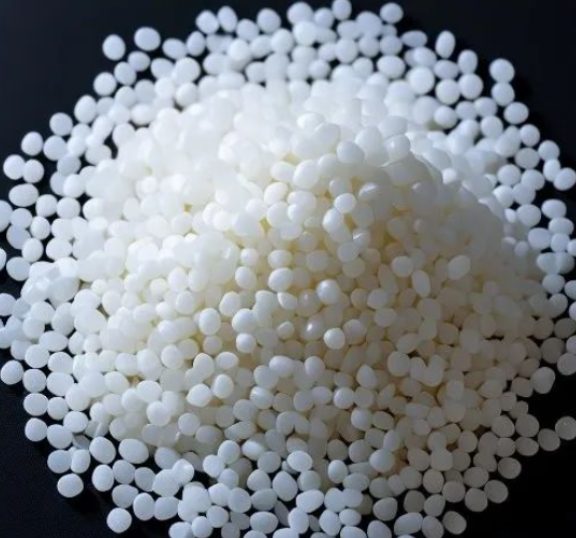August 30, 2024 – Engineering Plastics: Pivotal Players in Diversified Industries, Showcasing Unparalleled Performance
Engineering plastics have emerged as game-changers across numerous sectors, leveraging their exceptional physical and chemical properties to cater to intricate application demands. Today, AsiaMB delves into a selection of these highly regarded plastics and their defining characteristics.

Polyamide (PA), commonly known as nylon, shines brightly in various fields owing to its high strength, exceptional toughness, and remarkable wear resistance. Its outstanding mechanical properties render it an ideal choice for fabricating mechanical components such as gears and bearings. Furthermore, its robust chemical resistance and processability broaden its application spectrum even further.
On the other hand, Polycarbonate (PC) distinguishes itself with its unparalleled transparency and superior impact resistance. This material boasts a combination of high strength, rigidity, and stability across a wide temperature range. Its versatility is evident in the widespread adoption within the construction, electronics, and automotive industries.
Polyoxymethylene (POM) garners praise for its high hardness, rigidity, remarkable dimensional stability, and fatigue resistance. Coupled with its low friction coefficient and self-lubricating properties, POM becomes an optimal material for manufacturing long-running components.
Polyphenylene Oxide (PPO) stands out with its unique thermal endurance and electrical insulation capabilities. Its application in high-frequency electronics is particularly noteworthy, while it also secures a foothold in the automotive and aerospace sectors.
Thermoplastic Polybutylene Terephthalate (PBT) integrates high strength, good toughness, and fatigue resistance, making it a versatile choice across electrical, automotive, and industrial machinery domains.
Polysulfone (PSU) attracts attention with its extreme heat resistance and outstanding chemical resistance. It plays a pivotal role in sectors such as healthcare, food processing, and aerospace, underscoring its significance in modern industries.
Polyimide (PI) captivates with its remarkable high-temperature resistance, positioning it as one of the few plastics capable of stable operation in extreme environments. Its applications in aerospace and electronics underscore its high-performance prowess.
Acrylonitrile Butadiene Styrene (ABS) combines the strengths of multiple materials, offering robust strength, rigidity, and impact toughness. Its widespread usage in electronics, automotive, and toy industries exemplifies its versatility.
Polyphenylene Sulfide (PPS) wins favor for its heat resistance, corrosion resistance, and flame retardancy. It exhibits superior performance in electronics, chemicals, and automotive sectors, further expanding its industrial reach.
Lastly, Liquid Crystal Polymer (LCP) merits mention for its unique attributes. Its ultra-low water absorption and exceptional mechanical properties portend a promising future in high-frequency electronics and aerospace applications.
According to AsiaMB’s insights, these engineering plastics play pivotal roles across industries, bolstering modern industrial development with their exceptional performance. As technology advances and novel materials emerge, we anticipate an even broader application landscape for these engineering plastics in the years to come.














